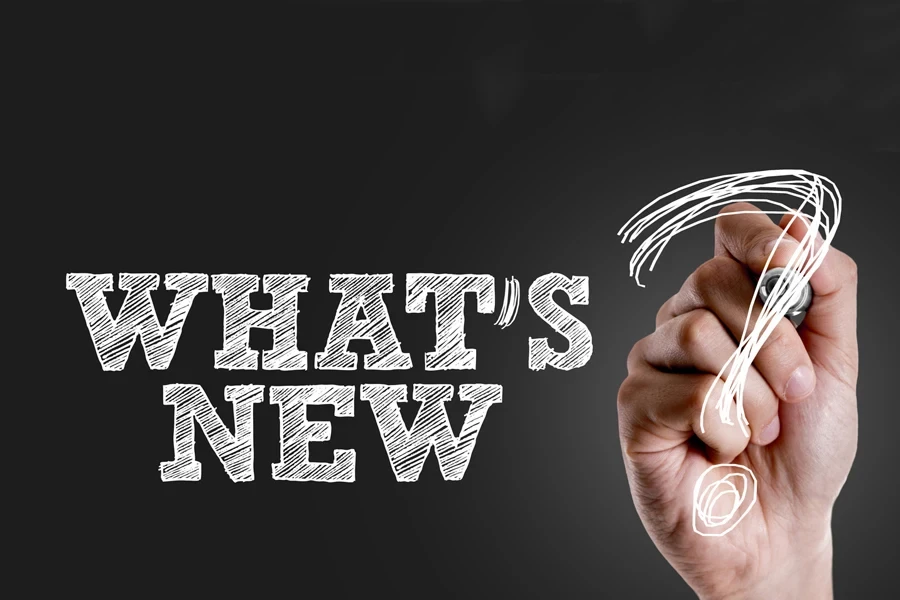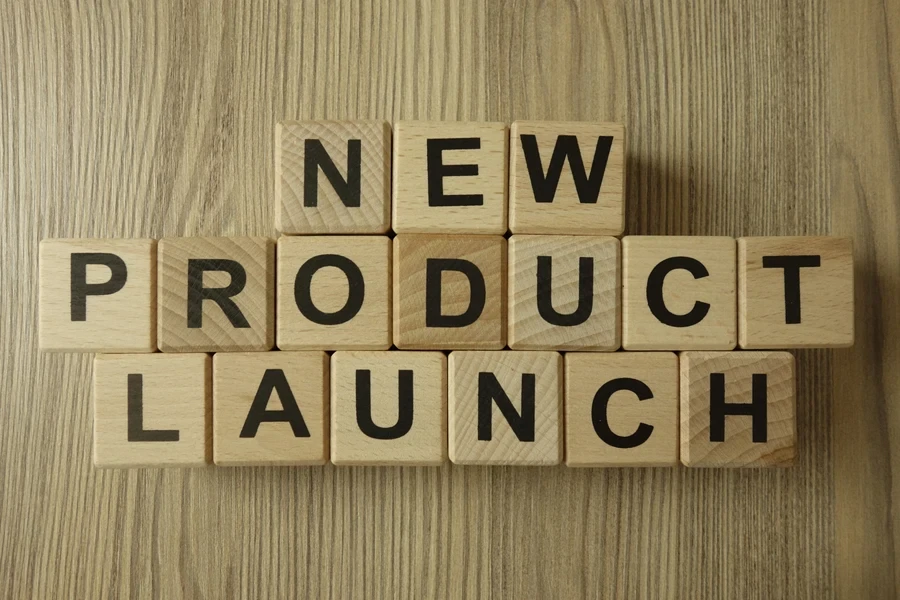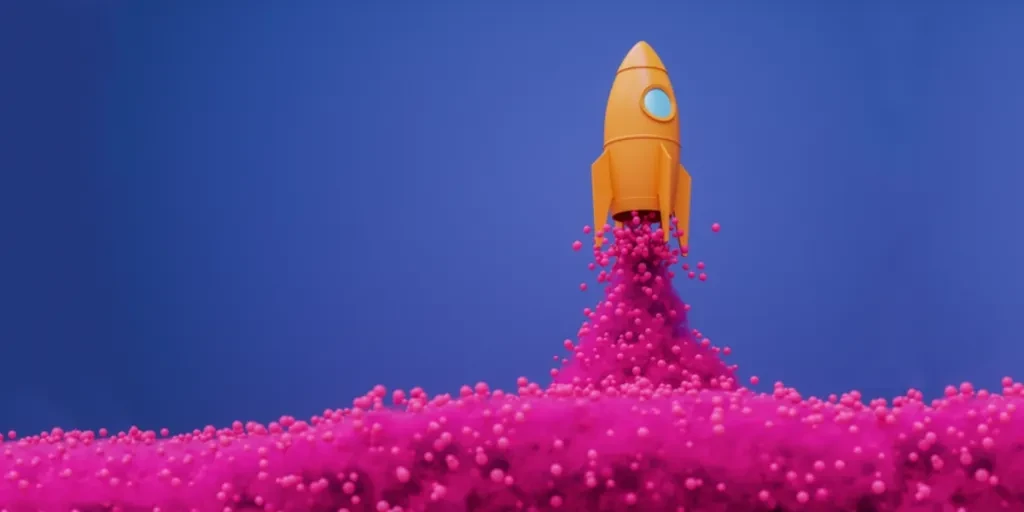In today’s fast-paced world, it feels like there’s a new product a minute in every industry out there, meaning businesses have to spend an inordinate amount of time trying to keep up with constant shifts in tastes and technological breakthroughs. But is the pace of newness picking up, or is it simply shifting to meet people’s wants and a reflection of what new tech can do?
As product lifecycles and new ideas are being released faster than ever, figuring out whether product novelty is truly on the rise – or just evolving – is integral for companies trying to stay relevant in a world that seems to move at warp speed. In this article, we’ll examine the state of product newness and determine whether it’s actually increasing.
Table of Contents
What counts as “new” in the product world?
What “new” means in 2025
The rise of “coopetition” and how it affects product newness
Measuring the impact of product newness
How to navigate the challenges of constant innovation
Is product newness actually increasing?
The bottom line
What counts as “new” in the product world?

Not long ago, the word “new” was reserved for major innovations (think of game-changers like the first iPhone in 2007 or the Tesla Model S). These days, though, what’s considered “new” has broadened. Even small updates, feature tweaks, or revamped versions of current items often get the “innovation” label.
With over 30,000 consumer products hitting the market every year, only about 40% make it to shelves, and a tiny fraction (about 3%) reach the milestone of $50 million in sales within their first year. What consumers see as “new” has also shifted to include other features such as sustainability and social impact. Below, we’ll take a look at some other facets that attract the “new” label.
What “new” means in 2025

1. Tech advances
Technologies like AI, 3D printing, and augmented reality have kicked product development into high gear, enabling companies to design, test, and launch items faster than ever. Some estimates show that AI alone has helped shave about 30% off the time it takes to design and prototype.
Industries are also using “digital twins” (basically virtual replicas of physical products), popular in fields like automotive and healthcare. By testing product performance in a virtual space, companies can skip various costly steps, allowing them to respond to what the market wants in real time.
2. Changing customer expectations
Consumers today are more informed and selective than ever and always hungry for something new. This demand is pushing brands to speed up their product cycles, with about 62% of companies admitting that customer expectations are forcing them to pick up the pace.
The trend towards personalized and customized products means brands must get more creative, developing products that meet specific tastes. And with crowdsourcing and open-source innovation on the rise, companies are increasingly using direct consumer feedback to fine-tune products as they go.
The rise of “coopetition” and how it affects product newness

More companies are warming to the idea of collaborating with rivals. The concept of “coopetition” – where competitors partner up to create shared value – has become popular in recent years, allowing companies to benefit from each other’s strengths without sacrificing their own.
1. Pharma’s example
During the COVID-19 pandemic, big pharma players like Pfizer, BioNTech, and Moderna put competition on hold to fast-track vaccine development. Sharing resources, trial results, and manufacturing power helped them rapidly turn years of work into months, delivering life-saving vaccines.
In a similar spirit, Merck stepped up to assist Johnson & Johnson when the latter faced production hiccups, showing how coopetition can help break through bottlenecks and improve industry resilience.
2. Coopetition in tech
The tech sector has also embraced coopetition. Microsoft and Google may be rivals in cloud services, but they work together on AI and open-source initiatives. Microsoft’s support of Linux and partnership with OpenAI exemplify how even fierce competitors can find value in collaboration.
Also, take Apple and Samsung, for example: although they’re often at odds, Samsung supplies Apple with OLED screens for iPhones. It’s a win-win: Apple gains top-notch tech for its devices, while Samsung profits from Apple’s success.
3. The car industry
As carmakers race toward EVs, partnerships are essential to manage the high costs of developing new technology. Ford and Volkswagen, for example, are working together to co-develop EV platforms, which helps them scale up while keeping costs down.
The downside of coopetition
While coopetition offers plenty of benefits (like shared resources and cost-cutting), it also comes with challenges. Differences in corporate culture or goals can make these partnerships tricky to maintain. A classic example is the Daimler-Chrysler merger, which collapsed under the weight of cultural clashes and conflicting strategies. Coopetition offers big payoffs, but success depends on careful alignment and planning.
Measuring the impact of product newness

Success is no longer just about first-year sales. Most businesses now judge new products on long-term performance, customer loyalty, and alignment with consumer values. Though 30,000 new products launch annually, only about 20% of those will be around two years later, showing how hard it is to keep consumers engaged.
The cost of launching a new product can range widely, from tens of thousands to millions. Companies now use metrics like customer engagement and social impact to gauge success, moving beyond short-term financial gains.
How to navigate the challenges of constant innovation
While increased product newness looks good on the surface, it comes with several challenges. Here’s a quick look at the most important factors:
1. Sustainability vs. speed
The pressure to make new products naturally can sometimes clash with sustainability goals. Fast fashion is a major example, as many criticize it for generating waste and overburdening supply chains.
2. Consumer fatigue
A constant stream of new products can also lead to another serious issue: consumer fatigue, especially if businesses overload the market. A study found that 63% of consumers choose established brands over new products. Unfortunately, this proves how difficult it is to gain trust in overcrowded markets.
3. Regulatory hurdles
Some industries, like pharma and tech, face regulatory hurdles that slow down new products. These industries must test rigorously, and pushing to keep up often leads to companies bypassing this step and causing serious issues. Additionally, rising R&D costs can make it hard for smaller firms to keep up.
Is product newness actually increasing?
The answer to whether product newness is increasing is not as simple as yes or no. While everything points towards new products flooding the market, the reality is different from how it appears on the surface.
On the one hand, companies are shortening their new product development cycles thanks to digital tools, which, in turn, helps them reach the market faster. However, truly “new” products are rare, as most new launches are simply updates and fresh model names. The iPhone is a great example of the shift from true innovations to smaller improvements and sustainability-focused designs.
While the product line keeps increasing, innovative features are scarce and mostly represent small tweaks, such as, in the example of the iPhone, a new action button or a dynamic island. So, while everyone is pushing for the next big update, it’s not so much about releasing large technological breakthroughs that we perhaps saw in the past.
The bottom line
While it might seem like the pace of product launches is accelerating, it’s more about creating products that align with what people care about most: sustainability, quality, and thoughtful innovation. Brands that find a way to balance speed, customer satisfaction, and responsible practices will be the ones to succeed in today’s ever-changing landscape.





 বাংলা
বাংলা Nederlands
Nederlands English
English Français
Français Deutsch
Deutsch हिन्दी
हिन्दी Bahasa Indonesia
Bahasa Indonesia Italiano
Italiano 日本語
日本語 한국어
한국어 Bahasa Melayu
Bahasa Melayu മലയാളം
മലയാളം پښتو
پښتو فارسی
فارسی Polski
Polski Português
Português Русский
Русский Español
Español Kiswahili
Kiswahili ไทย
ไทย Türkçe
Türkçe اردو
اردو Tiếng Việt
Tiếng Việt isiXhosa
isiXhosa Zulu
Zulu